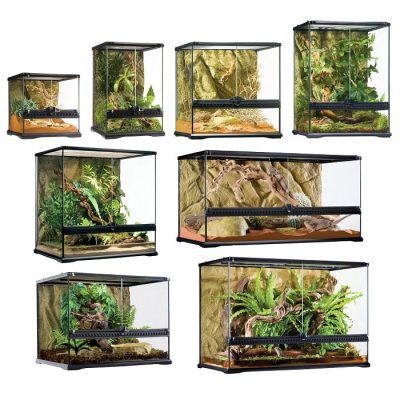Caring For A Budgie
To effectively look after Budgie you will need to follow this simple shopping list!
Shopping List
- Cage and cage stand
- Food
- Seed pot and seed guard
- Water Pot
- Perches
- Bath
- Toys
- Sand/sand sheets
- Grit
- Cuttlefish
- Mineral block
- Pet safe disinfectant
- Budgie care book
Food & Water
In the wild, budgies feed on a variety of seeds, including seedling grasses and leaves of plants. Your pet budgies will require a good mixture of seeds to ensure they are getting all the nutrients they need – a good quality budgie mixture should be available from your pet shop. Check the seed dishes daily, removing any empty husks, and refill as necessary. Both the food and water pots will need washing regularly.
Millet seed can be given as a treat as honeybells and seed bars. Fresh thoroughly washed green-food may be given, such as chickweed and dandelion, but be careful not to overfeed.
Your birds will also require a good supply of mineralized or oyster shell grit, which helps to digest their food. Cuttlefish bones are advised for your budgie as it is a source of calcium and helps to keep the beak worn down and maintain strong bones.
Bird-specific vitamin supplements are available and may be added to the drinking water or mixed with fruit or vegetables.
Fresh water should always be available.
General
Care Feathers: Feathers should not become too dry. You can use a suitable fine mist spray together with a special solution to spray on, your pet shop can advise you on suitable products. Some budgies do enjoy a bath, but not all of them.
Colds: The bird will be listless, with feathers fluffed up and wheezing if it catches a cold. Keep him warm, do not bath and consult with your vet immediately.
Diarrhoea: This is commonly caused by an excess of green, mouldy or contaminated food, a change in diet or lack of fresh water. Keep him warm, make sure he has plenty of fresh water and consult your vet.
Mites: This is a parasite that feeds on birds’ blood causing itching, weight loss and feather loss. Mites are easy to destroy with a suitable spray and your pet shop or vet will advise.
Beaks and nails: An iodine block can help keep your bird’s beak trim. If you suspect your budgie’s nails and beak are too long seek expert advice.
Feather plucking: This can be due to a poor diet, lack of exercise or stimulation. Spend time with your budgie and provide it with toys for exercise and entertainment. If the condition persists consult your vet.
It is not possible to correctly sex very young budgies until they are at least three months, however, you can buy one at around 6-7 weeks old. A younger budgie is easier to train than an older one.
Housing
Budgerigars can be kept in flocks in aviaries or in cages as pairs. A roomy cage is advisable and should be large enough for your budgies to stretch their wings and fly from perch to perch.
Budgies are climbing birds, so it is preferable to choose a cage with horizontal bars. Avoid putting the cage in draughts, direct sunlight or in damp/humid conditions. Only cover the cage at night if the room temperature is likely to fall.
The cage should be furnished with perches of different thickness. This helps the budgies exercise their feet. Do not place perches directly above food and water pots. Put a few toys inside the cage however do not overcrowd it. Try buying a selection of toys and rotating them to avoid boredom.
Sand sheets or cage bird sand should be placed in the bottom of the cage and replaced regularly. The cage and furnishings should be thoroughly cleaned and disinfected with a pet safe disinfectant weekly, although droppings should be removed daily. A removable tray will make cleaning easier.
Outside aviaries should have a sheltered section to provide protection from wind, rain and strong sunlight. This is where you should position the roosting site (the highest perch or nest box) and the food containers.
Aviaries should also have a paved floor with a sunken wire mesh to prevent vermin and a double-door entry system for added safety.
Introducing Your Budgies To Their New Home
Always take your birds home in a carry box, not in a cage. Before introducing your budgies to their new home, fill the food and water pots and sprinkle a little extra onto the floor, to ensure they have enough to eat until they find the seed pots.
Ensure that all escape routes for your budgie are closed; windows, doors, chimney breasts. Gently open one end of the carry box and let your budgies walk into their new home. If they appear anxious or do not settle, consider draping a cloth over three sides of the cage until they settle. Leave them to adjust to their new setting quietly for a few hours.
If you are unsure about any of the information in this blog then please do not hesitate to contact us and ask all the questions you like and we will answer them to the best of our ability!
Go over to our Facebook page to check out more animal content!










